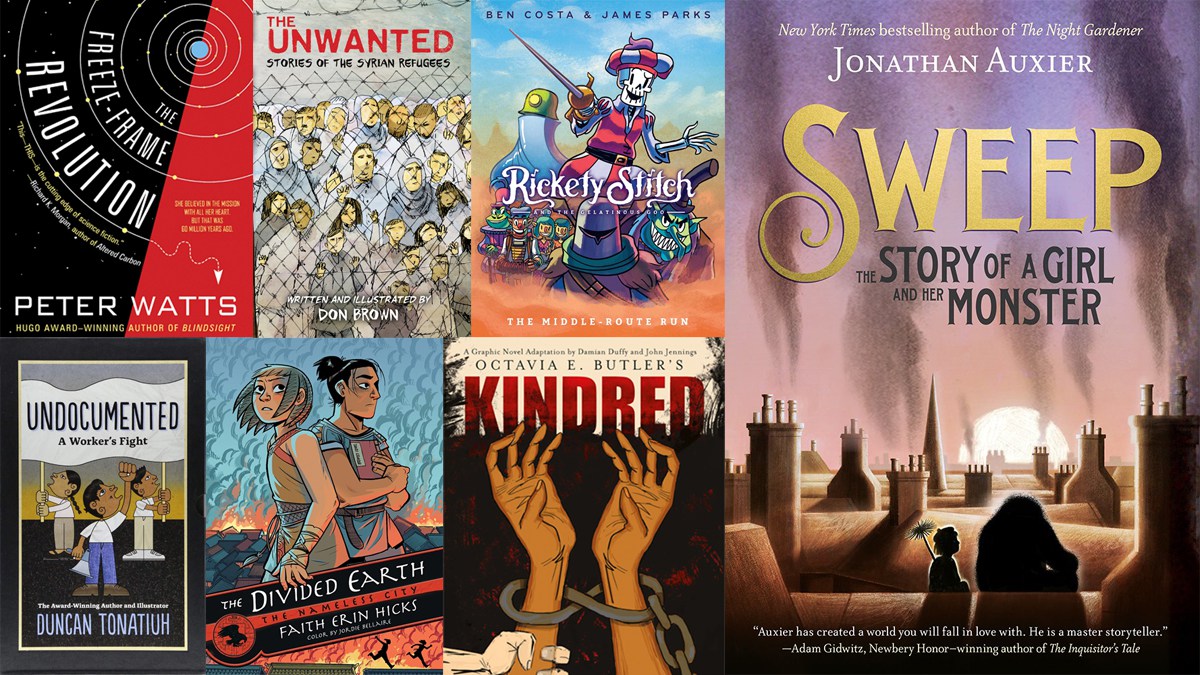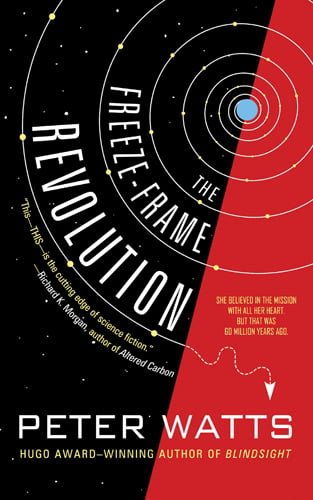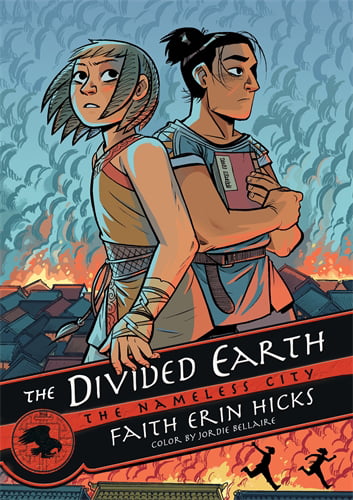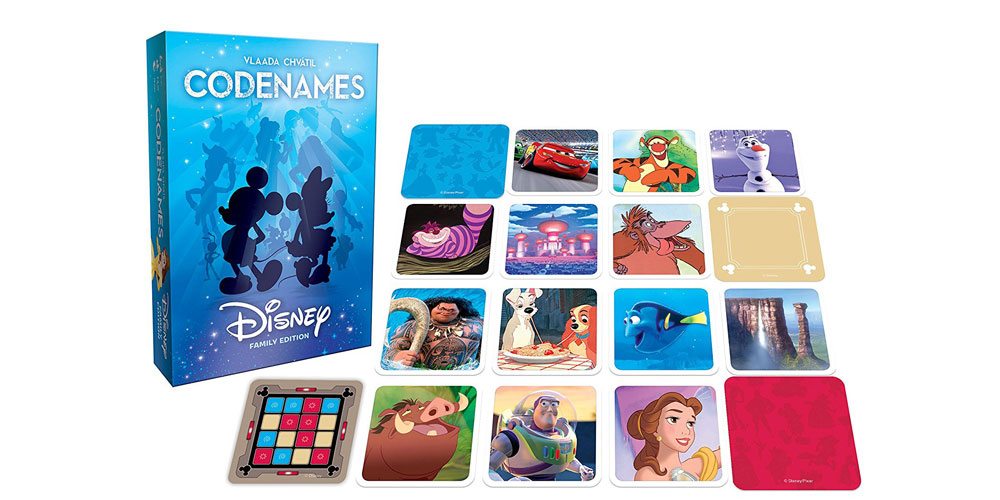I first read Rosencrantz and Guildenstern Are Dead back in high school, and was fascinated by what these two minor characters from Hamlet did while they were off-stage. The truth is, every story—fictional or not—has these characters who are in the margins. They must have lives of their own, things that they do when they’re not hanging out with the protagonists. Today’s Stack Overflow is stories of those who are marginalized, who don’t generally belong front and center, who live on the edges of society for one reason or another.
Sweep: The Story of a Girl and Her Monster by Jonathan Auxier
Jonathan Auxier is a wonderful storyteller. I’ve known this ever since I read his first book, Peter Nimble and His Fantastic Eyes, and I’m always excited to see what he comes up with next. Sweep is his latest book, in stores today, and it’s about the world of chimney sweeps in Victorian London, with a mix of historical details and a bit of magic. Nan Sparrow is a chimney sweep, and one of the best, but life is dangerous and unrewarding even when you’re good at it. She tries not to think of her life Before, when the Sweep took care of her and kept her safe. All she has left from that time is his hat and an old piece of char that’s strangely warm.
The Sweep used to make “story soup,” collecting various odds and ends and weaving them into a spellbinding tale, and that’s what Auxier himself does, too. His odds and ends include the real-life tales of chimney sweeps, the golem of Prague, and the joys and fears of being a parent, and they get stirred and simmered into Sweep, which can make you laugh and cry.
That piece of char eventually becomes the monster in the title of the book, a protector for Nan, but it’s not enough for her that she’s safe—she wants to change things for all the other climbers in the city. The story is about fighting injustice and workers’ rights, but also about friendship and caring for each other. I don’t want to give away too much more, but you should put it on your list for sure.
Undocumented: A Worker’s Fight by Duncan Tonatiuh
Here’s another story about workers’ rights that’s a bit closer to home. Juan is an undocumented worker from Mexico who came to the US to work so he can send money back to his family, but he’s underpaid by his boss, who uses the threat of deportation to keep many of his employees in line. Although Juan is a fictional character, the story is a very real one: many undocumented workers are mistreated by employers, but are too afraid to speak up.
The story is told in an unusual format: an accordion book that unfolds like a Mixtec codex, which Tonatiuh uses as his inspiration. The illustrations also borrow from the style of Mixtec writing and drawings, but set in the modern world. It’s a brief story, and one that ends happily for Juan, but that’s not always the case for everyone. The Author’s Note sheds a little more light on the subject as well, with a link to the National Mobilization Against Sweatshops, an organization that is fighting for changes in workplaces.
The Unwanted: Stories of the Syrian Refugees by Don Brown
This comic book gives a big-picture overview of the Syrian refugee crisis, explaining who’s fighting and how so many Syrians were displaced from their homes. I think it’s easy to become numb to the story because we’ve heard it on the news for so long—I hadn’t realized for how long until I was reading this book, and the number of refugees who have fled Syria is staggering. The book also relates some short anecdotes, just highlighting what life is like for a refugee—how it feels to sneak across the border with your children, what conditions are like in refugee camps, what would drive so many to take a chance on an overcrowded boat that is likely to overturn or sink.
It’s a short book—only about 90 pages long—but it is heavily researched, with dozen more pages of notes and references. It’s suitable for teenagers and up, and really helps to make the plight of the Syrian refugees feel less abstract. It’s discomforting to read, but sometimes we need to be made uncomfortable.
The Freeze-Frame Revolution by Peter Watts
I mentioned this one a while ago while I was still reading it, but never got around to including it properly, but it sort of fits the theme this week. The Eriophora is a massive spaceship on a long-term mission: it is spiraling outward from Earth, building gates at intervals so that future travelers can jump through vast distances. (It reminds me a bit of The Long Way to a Small, Angry Planet, though in this case it’s one ship dropping thousands of gates by itself.) The ship is mostly automated, but sometimes it needs some human oversight—sometimes when it’s setting up a gate, or if there are particular anomalies. The rest of the time, the humans are all in hibernation, waking up only once in several thousand years, with the ship’s AI running everything else.
The mission has lasted millions of years, and some humans aboard Eriophora are starting to have doubts. How long was this mission supposed to go? Did the mission’s architects give the AI instructions that were hidden from the people? Why have they never seen any human ships emerge from any of the gates? A small resistance comes into being, with plans to overthrow the AI and take control over their fates. Of course, that’s a tough thing to do when you’re only awake once every several thousand years—and if the AI itself is the one who decides when you wake up.
The Freeze-Frame Revolution is a slim book, but a fascinating read. I loved the creative ways the resistance came up with to communicate with each other right under the AI’s nose, not to mention the technology involved in the spaceship itself.
Kindred: A Graphic Novel Adaptation by Octavia E. Butler, adapted by Damian Duffy and John Jennings
Here’s a confession: I hadn’t read any of Octavia Butler’s books before, though I have a couple on my list. I finally got started, though, by reading this comic book version of Kindred, and I’m looking forward to digging into the original version and some of Butler’s other works soon. Kindred stars Dana, a black woman in the 1970s, who finds herself pulled back in time to 1819, where she finds herself involved in the life of her ancestors, and trying to figure out how to keep herself safe in a world of slavery and plantations.
I’ve written a lot about time-travel stories, and I’ve seen comments before that traveling to the past is a white man’s fantasy, and for a black woman, traveling to the past is a nightmare. But Kindred really makes that danger visceral and immediate. The hard part is that Dana also feels that she needs to be there to ensure her own survival, to protect her great-great-great-grandparents so that their lineage survives. She makes a few jumps back in time over the course of the story, once even bringing her white husband with her, which is a particularly tricky situation since marriage between whites and blacks is illegal at the time.
The Nameless City Book 3: The Divided Earth by Faith Erin Hicks
The story of The Nameless City comes to a close in this final book of the trilogy. Prince Erzi has tracked down the formula for napatha, an ancient secret that was used to tunnel through the mountain but can also be used as a force of destruction. Rat and Kai are working together to steal it back. Will they be able to prevent a disastrous war?
This final chapter is filled with a lot of action and excitement, but at its heart is the friendship between Rat and Kai, two kids caught on opposing sides of struggle for control of the city. I like the way that they’ve aged over the course of the books, and how the trust between them has grown past the initial suspicion. The story of the city and its people is a fascinating one, and I’m kind of sad to see it end.
Rickety Stitch and the Gelatinous Goo Book 2: The Middle-Route Run by Ben Costa and James Parks
Rickety Stitch, the undead bard, continues his (mis)adventures in this volume. He’s still in search of more information about who he was or an explanation of what he’s become. He’s a misfit even in this world of strange beings: there are other living skeletons but they’re more like mindless zombies. Rickety is searching for the lost city of Epoli, and he’s gotten a tip that the only way to get there is the Middle-Route Run … which happens to be the most dangerous road in the land.
This time, Rickety (and his sidekick Goo) fall in with a band of performers traveling with some unsavory characters … who are set upon by some other unsavory characters. There’s just a lot of unsavoriness going on here.
My kids and I are really enjoying this series, which mixes a lot of silly humor with some spooky memories. Rickety has glimpses of a past that aren’t so pleasant, and he also gets a new arm that has some of its own ideas from time to time. We still don’t find out all the answers—mostly more questions—but I’m eager to find out what happens next.
My Current Stack
I’m currently reading Noumenon Infinity by Marina J. Lostetter, a sequel to Noumenon (mentioned in my Year-End Grab Bag). It’s a sort of parallel story (at least so far) to the original book, involving deep-space exploration and long term missions that put us thousands of years into the future.
Disclosure: I received review copies or advance reader copies of the books covered in this column.











